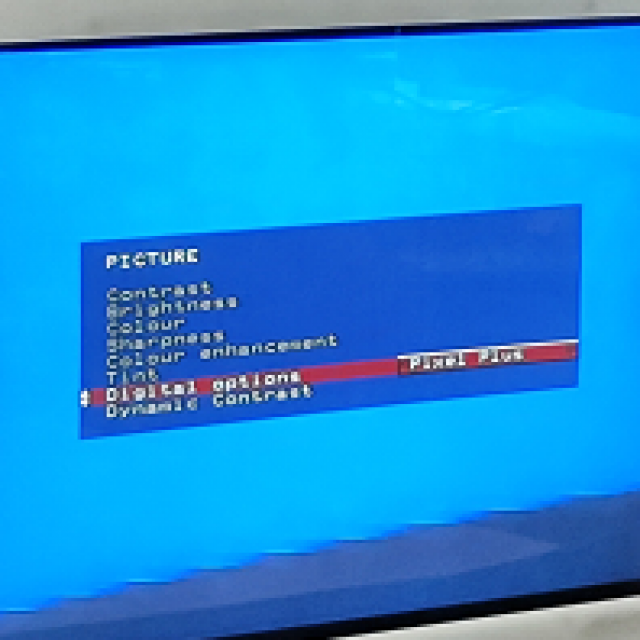
Philips televisions have been a household name for years and many can be found in our homes. I recently visited a small but interesting Philips TV museum where the innovations and techniques developed by Philips were also discussed from 1972 onwards.
A Philips TV, who hasn’t grown up with it? Millions of Philips TVs have been sold over the years and Philips TVs are still very popular, including with us. This is not only due to the quality and design, but also because Philips introduced Ambilight almost 20 years ago. I recently visited Ghent (Belgium) where the Research & Development Center of TP Vision, the current producer of Philips TVs, is located. Here you will find a short impression of a tour of a real museum of Philips TVs given by Dieter Verlinde, team leader of Picture Quality Innovation. All kinds of innovations and in-house developed techniques from Philips are also discussed below.
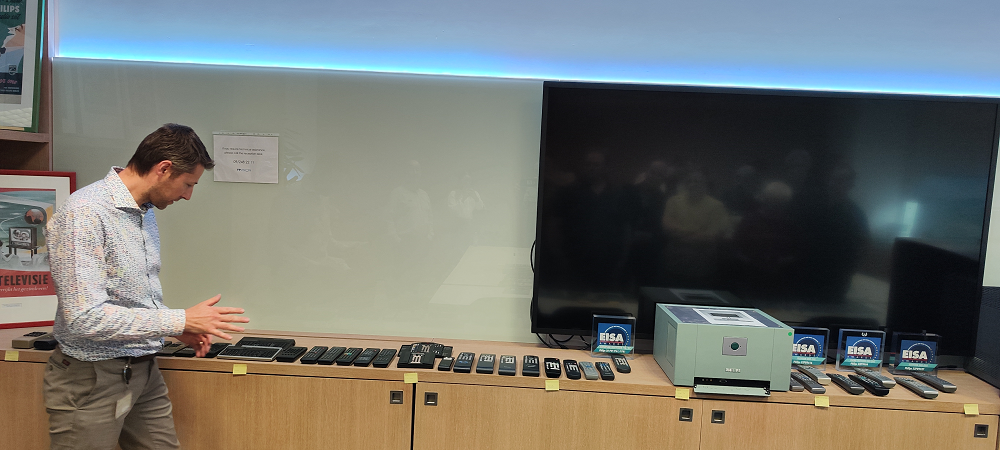
100 Hz
In 1972 Philips introduced the first (transistored) TV chassis called K9, with the first (ultrasonic) remote control. 16 years later, Philips introduced the 100Hz television, a world of difference with the 50 Hz devices.
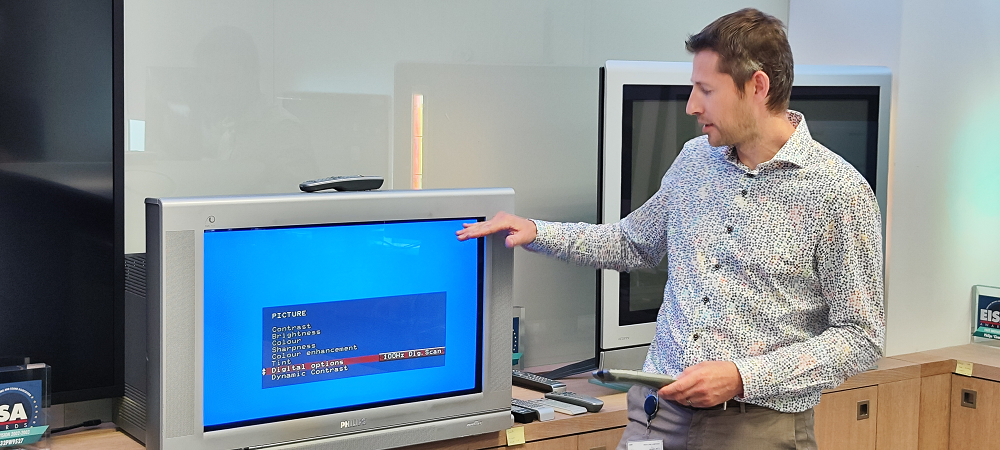
Widescreen and LCD
In 1992, Philips introduced the widescreen TV and in 1996 with a plasma TV with a large E-box that cost no less than 20,000 guilders. The first integrated solution (UK mpeg2) for digital television saw the light of day in 1998, while in 2002 Pixel plus appeared on CRT with 833 lines / 75 Hz iso 625 lines at 100 Hz. The first LCD TV from Philips came in 2003 with the 30PF9975.
![]()
Ambilight
In 2004 there was the first Amblight TV (on Plasma 9966) with CCFL lamps. Two years later, Philips equipped a TV with Ambilight on all four sides for the first time and 1 year later, in 2007, Ambilight appeared with LEDs and AUREA. Another year later, Philips came up with full-array dimming.
The iconic TV with a 21:9 aspect ratio, intended for watching movies in the movie format, came in 2009, but never became a success.
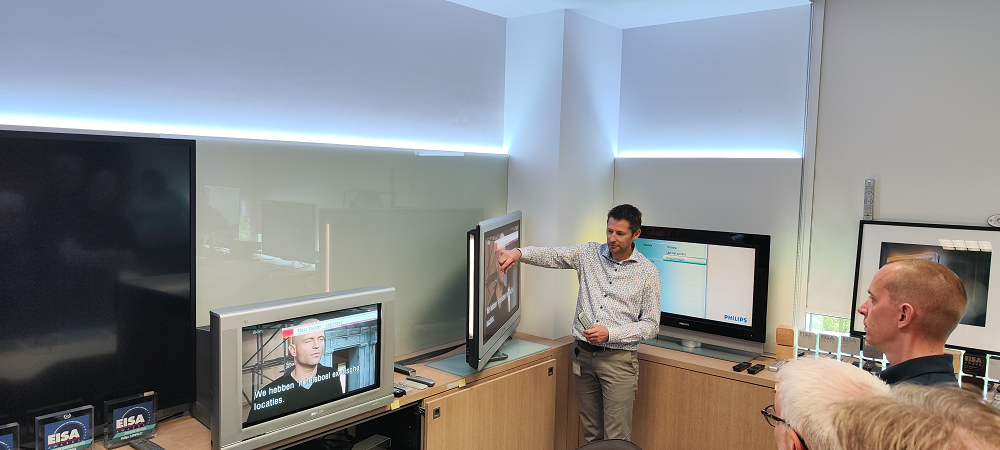
Sustainable Econova LED TV
A year later, Philips introduced the Econova LED TV that used LED backlighting to reduce energy consumption by 60 percent. In addition, the TV had a Zero Power switch: as soon as you switched off the TV, it consumed 0 watts. Nowadays, sustainability is what counts, but Philips was already very active in this area. Especially when you consider that this TV was made from already used materials that are also easy to recycle. A solar-powered remote control was also included, so it’s also sustainable so you don’t have to replace your batteries.
The TV with active 3D that appeared in 2011 used the Moth-eye technique. With this technique, reflections on the screen were considerably reduced, without affecting the contrast or color reproduction.
TP Vision steps in and P5 introduction
In 2012, TP Vision takes over the TV division of Philips, after which the first 4K LCD TV can be seen a year later. In 2016, Philips will launch the Ambilux TV and also the first OLED 901F with HDR. An important milestone will take place in 2017 with the introduction of the P5 image processor developed by Philips itself. P5 owes its name to the 5 pillars of image quality that the processor must optimize, namely sharpness, color, contrast, source signal and motion sharpness.
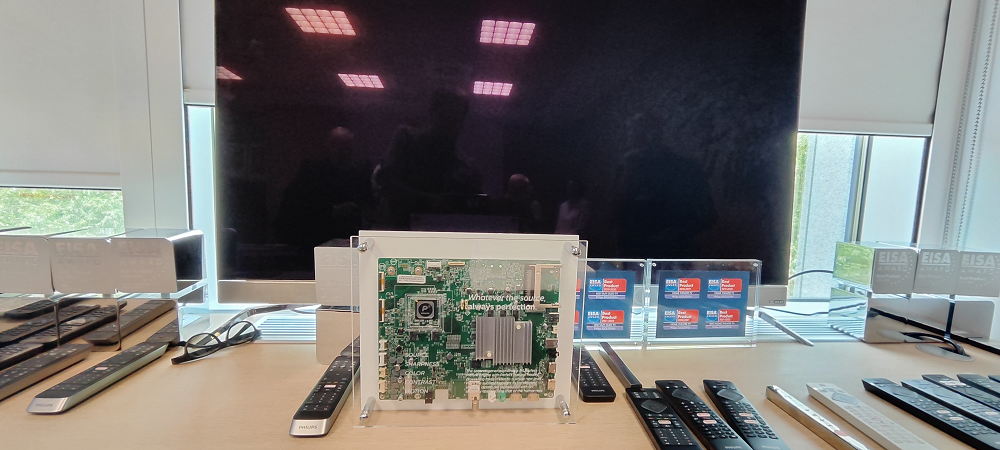
In 2018, Philips starts a collaboration with the renowned audio brand Bowers & Wilkins (B&W) and introduces its own technology Perfect Natural Reality with the second generation P5. Perfect Natural Reality stands for Philips’ HDR upscale feature that simulates an HDR effect for SDR content by artificially increasing contrast and brightness. This should make details stand out better. Each new P5 generation shows significant improvements: for example, the third generation in 2019 showed improved noise reduction and detail reproduction, as well as support for Dolby Vision HDR. The following year, Philips introduced a new P5 image processor (Dual engine) that uses artificial intelligence for an even better image.